Exhibition “Go Go! What? -The Fad of War”
An exhibition was held for the first time in three years.
After the exhibition at the Shinshu War Materials Center, which I visited in 2019 (past blog), the exhibition, which had been canceled due to the coronavirus, was held from August 9th to 14th.
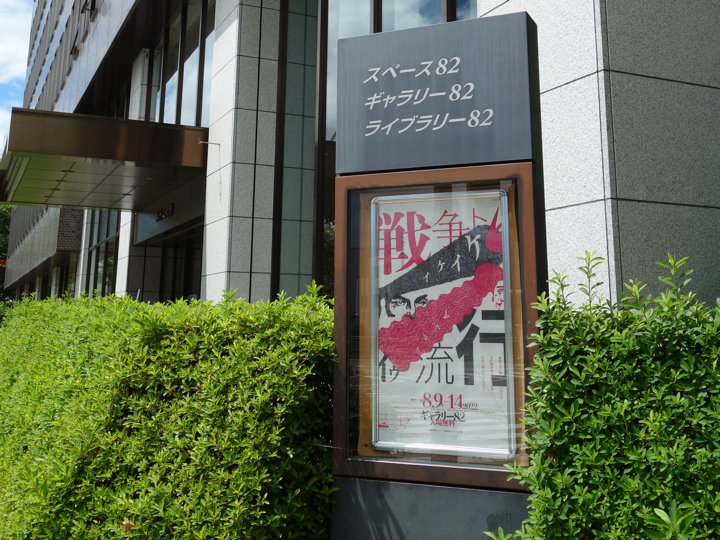
The venue was the same as last time, Gallery 82 in Nagano City.
The title this year was “Go GO! What? -The Fad of War".
The title seems to express the attitude of companies that advertise and sell their products using the image of the military, newspapers that compete with each other for the flamboyance of their coverage of the war, and financial institutions that try to take advantage of the flow of money in the war. At first they think, “Go, go, go!" but the war doesn’t end soon. While they think, “What?", supplies became scarce, rationing was introduced, and there were no more products to advertise.
The title probably reflects this wartime situation.
As in previous exhibition, photography was free this time as well, so I will post the photos.
A view of the venue.
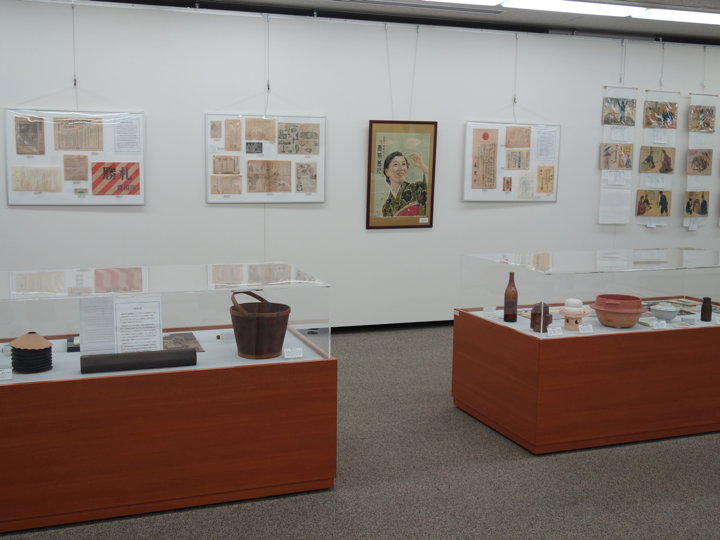
Military images used in everyday advertisements.
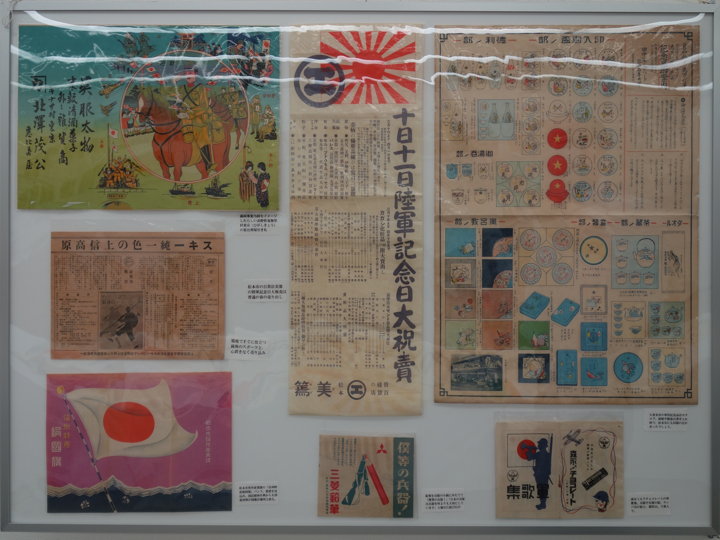
In the center is an advertisement for a department store in Matsumoto City. It reads, “Great sales on 10th and 11th, Army Memorial Day." But it was a big spring sale from March 10 to April 1. And it says that they started selling “defense-colored" (bluish brown) hats and uniforms.
Enlargement of the same photo.
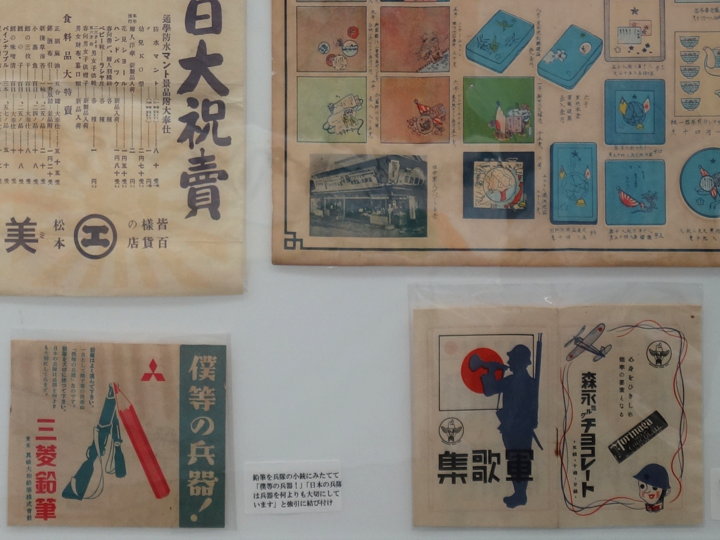
The bottom right is Morinaga’s military songbook.
The bottom left is an advertisement for Mitsubishi Pencil, which says, “Choose your pencils carefully. They are our weapons that we cannot part with for even a day. Please use your pencils carefully. Japanese soldiers value their weapons more than anything else.
Next is a kimono made of fabric with clouds and airplanes all over it.
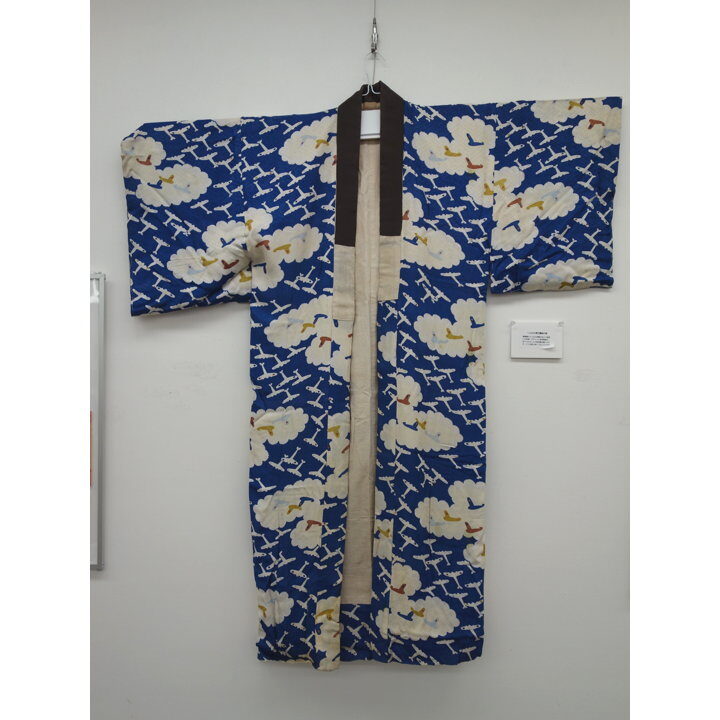
This is advertisements and articles about the sale of vacation homes in Karuizawa.
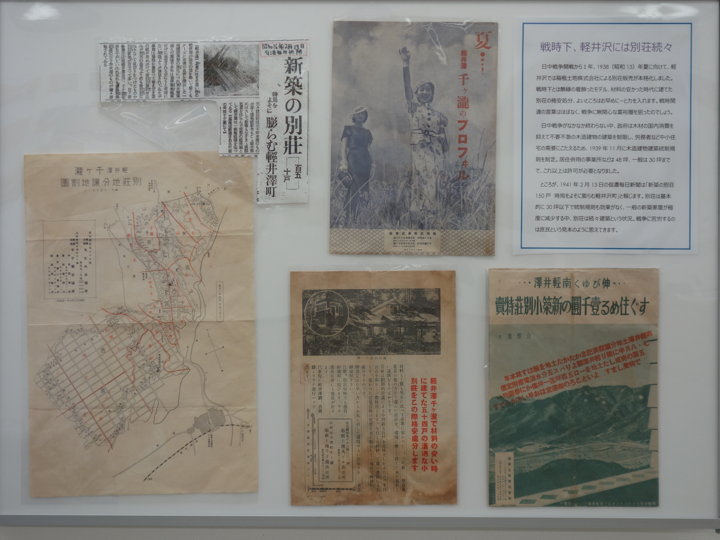
In 1938, the year after the outbreak of the Second Sino-Japanese War, the sale of vacation homes in Karuizawa began in earnest.
In November 1939, in order to reduce wood consumption, the government enacted the Regulations for the Control of Construction of Wooden Buildings, which required a permit for houses over “30 tsubo" (about 100 square meters). However, it seems that vacation homes were basically less than 30 square meters and could be sold without being subject to the regulations. The newspaper article in the upper left is from February 1941, reporting that 150 villas were newly built.
Here are documents related to finance.
Post offices and banks are calling for purchase of government bonds, and for savings.
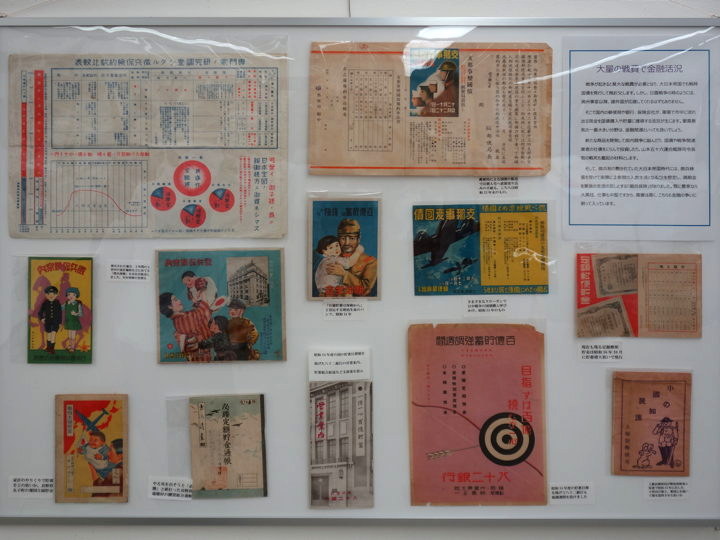
Above center is a post office calling for the purchase of government bonds (end of 1938).
The one in the upper left and the below two items are conscription insurance materials. Conscription insurance covers household expenses when conscripted.
In the lower row are bankbooks and flyers calling for savings.
Here is a picture card show calling for savings and the purchase of government bonds. (July 1941)

Enlargement of the fifth picture. It featured the Yamato family of “Yokusan Family." (Mentioned in my previos blog.)
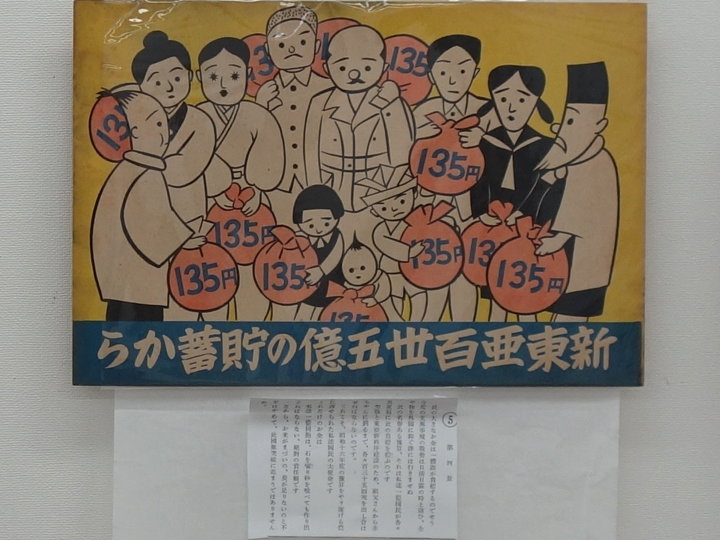
The material in this panel is from 1940-43.
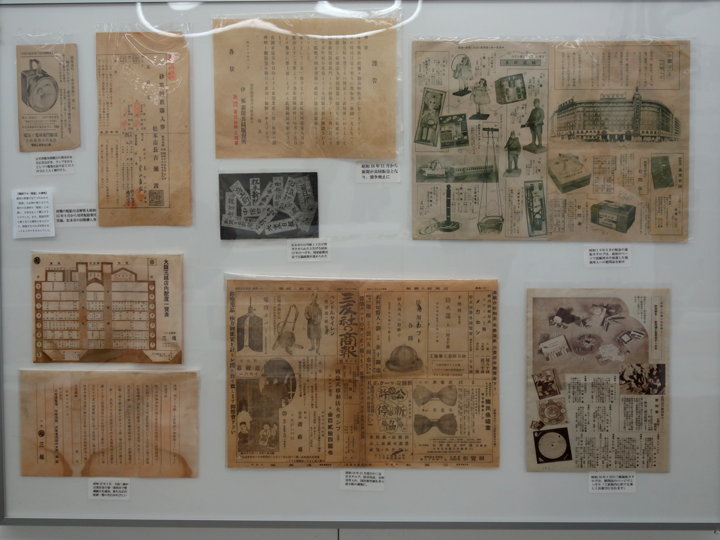
The second from the left in the top row is a purchase coupon for sugar. (1941)
On the left in the bottom row is a January 1943 notice from Osaka Mitsukoshi. The notice states that the department store was to provide a portion of its sales floor space to the government.
The catalog in the lower center (November 1943) shows some products, as “fireproof mats, fireproof helmet" “national ceremonial emblems" (like a bow tie?) “sirens," “electric light covers," and “fire pumps."
This panel shows the materials around 1944-45.
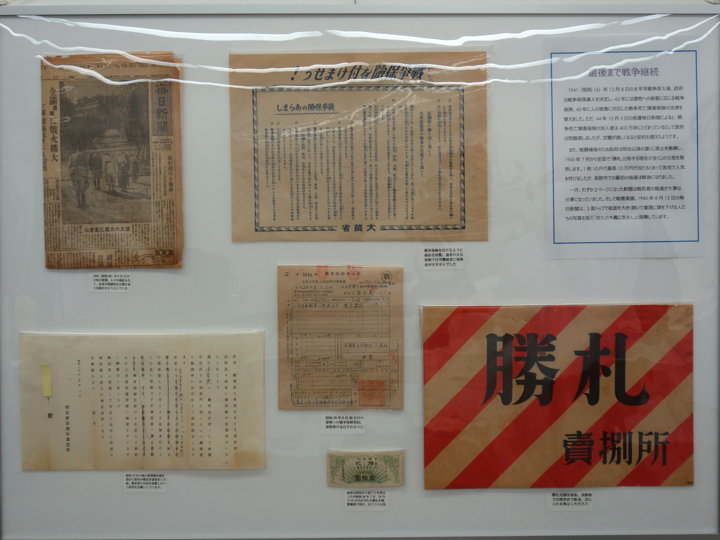
At the top center is a Ministry of Finance notice, “Let’s get war insurance." It says to buy war insurance because fire insurance does not provide coverage for air raid damage.
These are magazines in wartime.
Some of the magazine had changed their names.
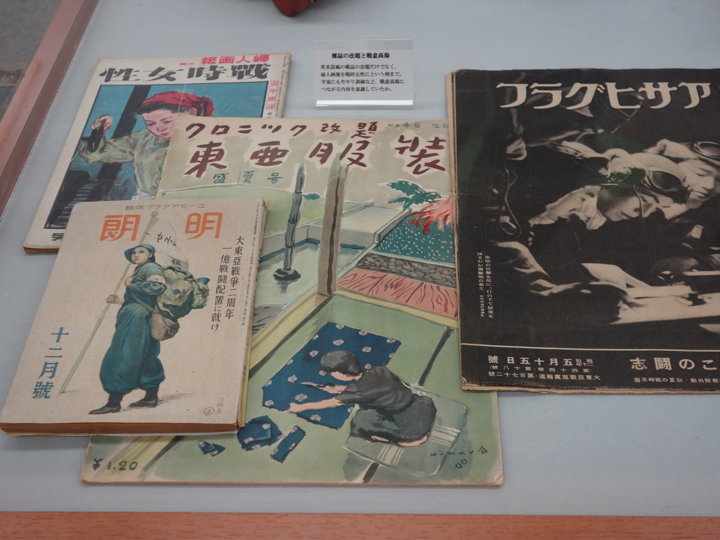
“Humor Club" → “Meian (light and shade)" (December 1943 issue)
“La chronique" -> “Toa Fukushoku (Toa Clothing)" (year of issue not shown)
But Asahi Graph is still the same. (May 15, 1945 issue)
It seems that many of the English, French titles were retitled in Japanese, but “Fujin Gaho" was retitled to “Senjo Josei" (wartime women), each are Japanese. So it seems that the reason was not only because the titles were English-style.
“Yonen Club"(Juvenile Club), (November 1943 issue)
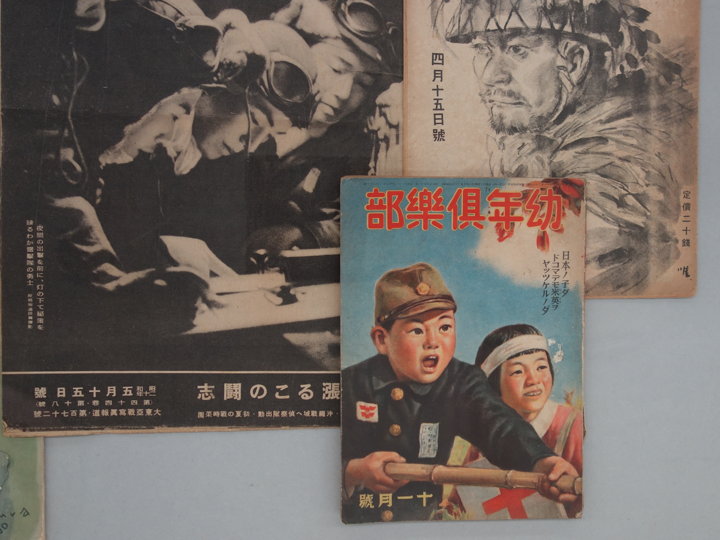
“Yonen Club"(Childhood Club), (November 1943 issue)
A picture of a child holding a bamboo spear is drawn. The following is written on the cover. “We are Japanese children. We will beat Britain and the United States as far as we can."
I tried to check the contents of these magazines in the Digital Collections of the National Diet Library, but since they were materials limited to the National Diet Library’s library, the contents cannot be viewed on the Internet. Also, the magazines are not in their entirety.
I couldn’t find any documentation about “La chronique". However, from 1934 to 1940, a company that published the book “Fashion Accessories Yearbook". The company name was “Monthly Ala Mode", but in 1940 it was changed to “Toa Fukushoku Trading Company". So it could be the company’s magazine.
By the way, the National Diet Library Digital Collection became available for personal transmission.
This includes about 10,000 titles (about 820,000 items) of magazines published after the Meiji period (those that have been published more than five years before and have not been commercially published).
Although I was not able to see the magazines above, there are probably many other wartime magazines. I have not yet check what kind of magazines there, but I will be looking at articles and advertisements in the wartime magazines in the future.
This exhibition made me want to do further research on wartime society.
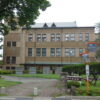
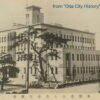
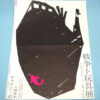
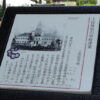
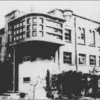
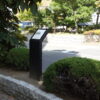
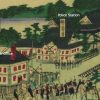
Recent Comments